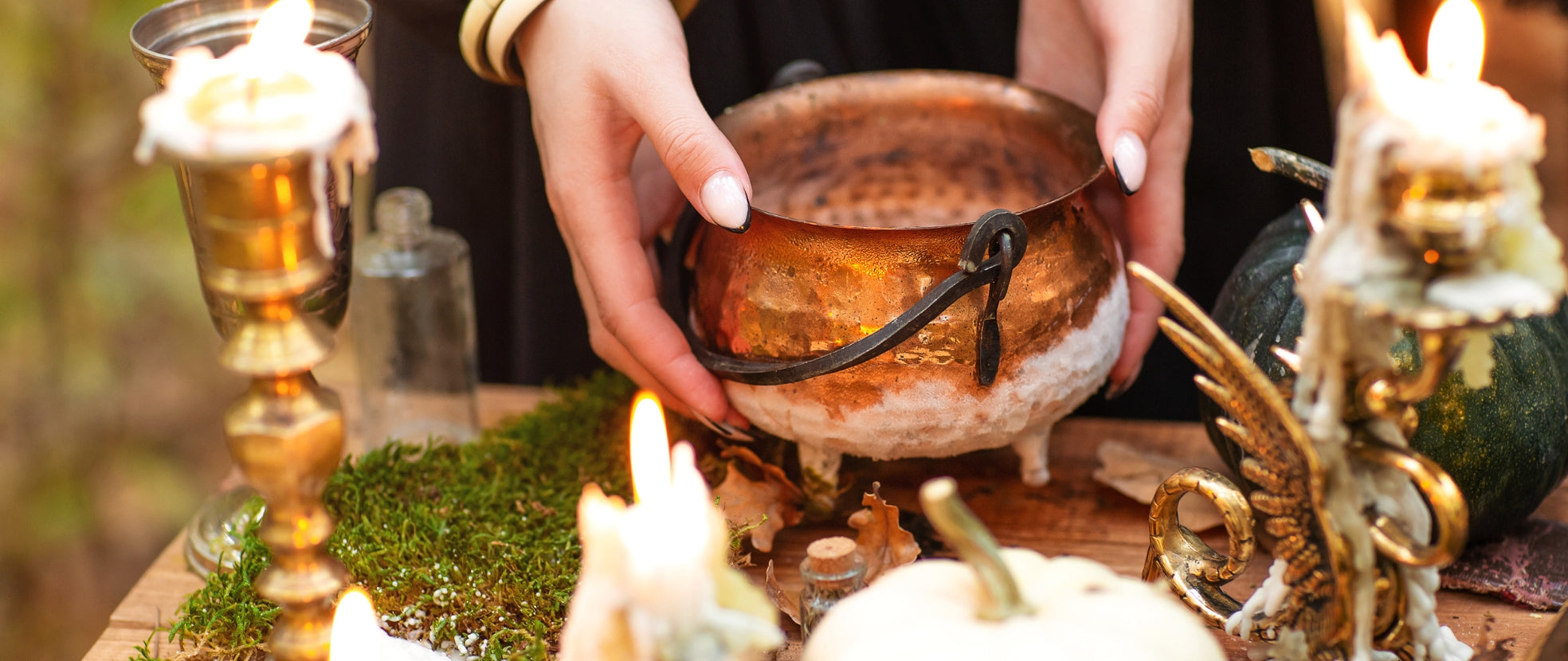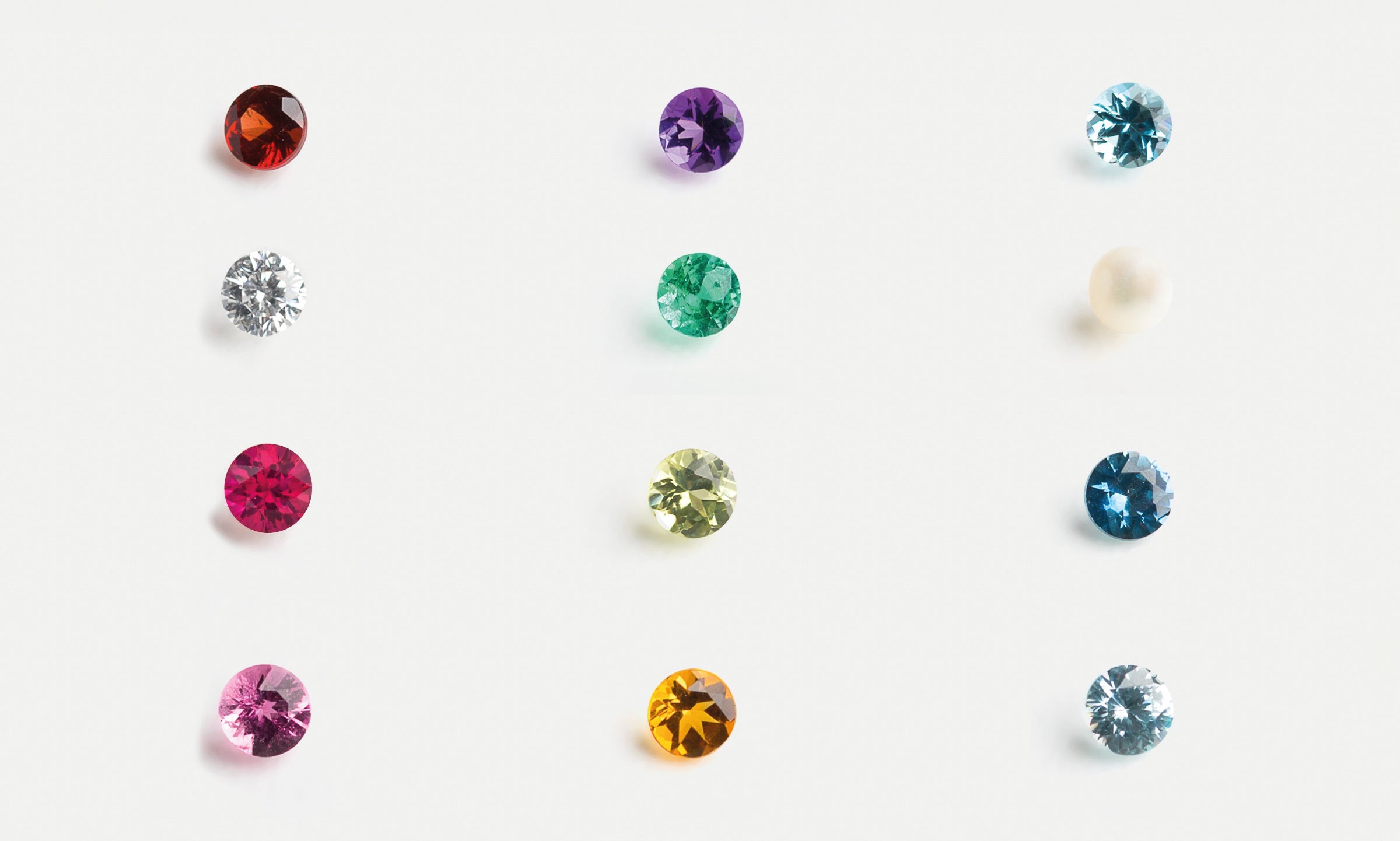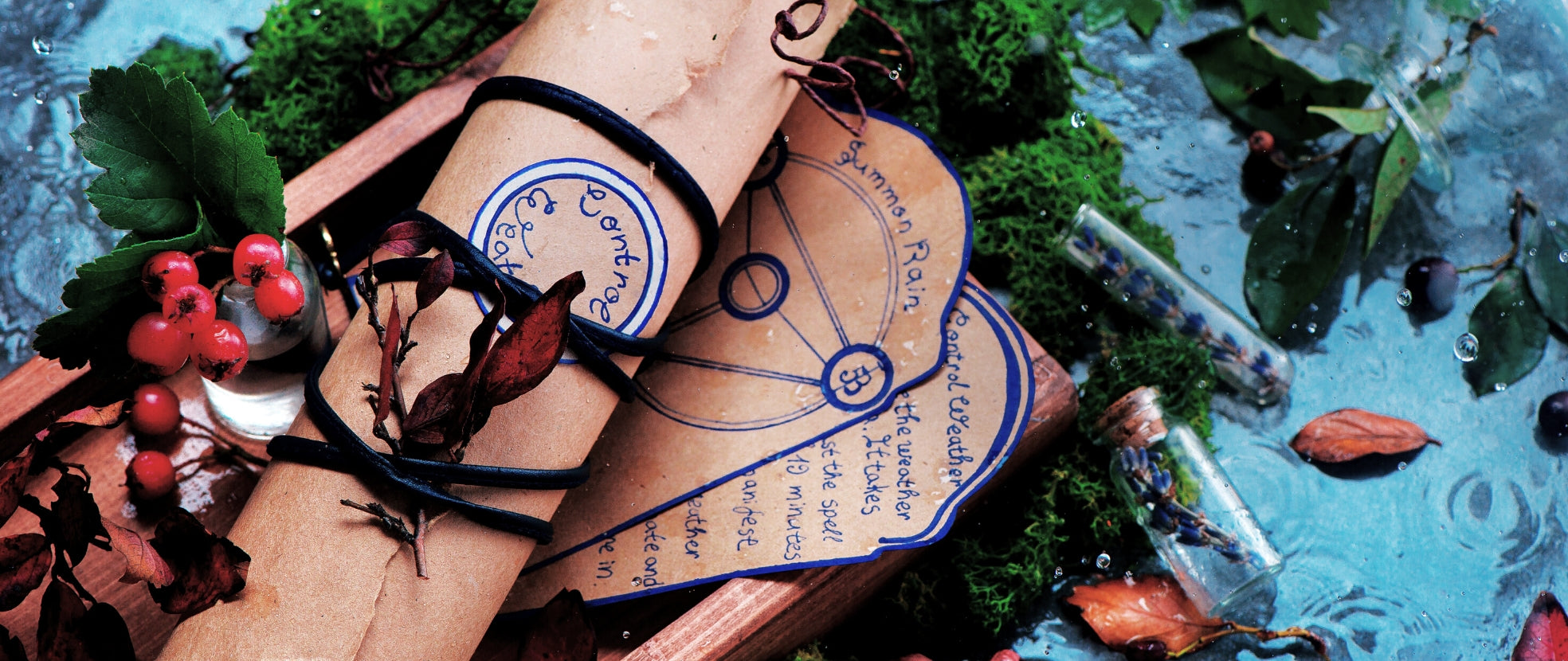Before gold was all the rage, there was turquoise. This popular gemstone was once considered more valuable than gold and was exchanged like currency in the American Southwest cultures in the 16th century.
It is one of the first stones to be mined, coming in intense colours that range from vibrant green, sky blue, and teal (depending on the amount of copper or iron in it).
Turquoise is abundant all over the world especially in locations with thermal or volcanic histories. The finest specimens are found near the Earth's surface, as deeper deposits turn soft because of acids that are created during water percolation.
Read on to learn more about this famed gemstone.
The Physical Properties of Turquoise
In terms of hardness, cryptocrystalline turquoise ranks 5 to 6 on the Mohs scale. Its toughness is classified as fair to good. The properties of turquoise are variable as it almost never forms single crystals.
The stone is an aggregate of microcrystals that are packed tightly together, which determines its physical properties”greater durability, lower porosity, and higher lustre. White turquoise is extremely rare, which only occurs when there is no iron or copper present. It explains the little white areas you might sometimes see in the green or blue stones.
Turquoise tends to discolour and get damaged when exposed to intense heat. It dissolves in hydrochloric acid and can be discoloured by sweat, skin oils, cosmetics, and chemicals.
To clean your jewellery, use warm soapy water and a microfibre cloth. Avoid cleaning it with steam or ultrasonic cleaner to prevent surface damage.

The History of Turquoise
As one of the first stones mined, turquoise was cherished by many cultures, such as the Aztecs, the rulers of ancient Egypt, Mesopotamia, Persia, and China. Along with the other Silk Road novelties, it was one of the first gems introduced to Europe.
In the 14th century, it became a meaningful ornamental stone in Western civilization when it was used in secular jewellery. It was allowed due to the decline in the influence of the Roman Catholic Church.
In Ancient Egypt, probably the most known gems are those found in Tutankhamun’s tomb, in the Pharaoh's burial mask. They were also used for ornamenting the mosaic masks, inlaid skulls, and power statues dedicated to the gods (Aztecs).
Turquoise stones can be seen on the decorative façade of the Taj Mahal (India), and other holy sites. Turquoise beads were also found in Iraq dating back to 5000 B.C., while the Egyptians were mining them in 3200 B.C.
The Lore of Turquoise
Native Americans considered Turquoise to be a sacred crystal. They used it as a tool for creating a connection between heaven and Earth. It promotes a strong, energetic flow of the vibration of love, which is why it is considered a master healer stone.
The goddess Hathor was also known as the Mistress of Turquoise, Lady of Turquoise, and the Lady of Turquoise Country, as she was the patroness of Serabit el-Khadim (an area where the stone was mined.)
In ancient Persia, people wore sky-blue stones around the wrist or neck to protect themselves against unnatural death. When the rock changed colour, they believed that it signaled the approach of death.

The Metaphysical Properties of Turquoise
The vibration of turquoise gemstone vibrates the energy of love and truth. It is believed to affect the throat chakra, helping you to speak with forthrightness, wisdom, and honesty. The stone can help shy people by boosting their confidence to engage in conversations.
The stone's energy also helps you to be more compassionate and forgiving, as well as relaxed and calm when speaking in public. In meditation, turquoise can assist you in an opening to the Universal All as it helps clear the mind.
Turquoise is the symbol of affection, generosity, and sincerity. Traditionally, it is believed that it can bring luck only when given (not purchased.) It can be assigned to a loved one, carried, or worn, and it's used to nurture marital harmony.
Browse and shop turquoise stones
Sources:
Nunez, K. (2020, July 14). Health Benefits of Throat Chakra Stones. Healthline. Retrieved May 24, 2022, from https://www.healthline.com/health/health-benefits-of-throat-chakra-stones#for-throat-healing
Turquoise Care and Cleaning Guide. (n.d.). GIA. Retrieved May 24, 2022, from https://www.gia.edu/turquoise-care-cleaning
Turquoise Facts Turquoise Durango Silver Company. (n.d.). Durango Silver Company. Retrieved May 24, 2022, from https://www.durangosilver.com/turquoiseinfo.htm





